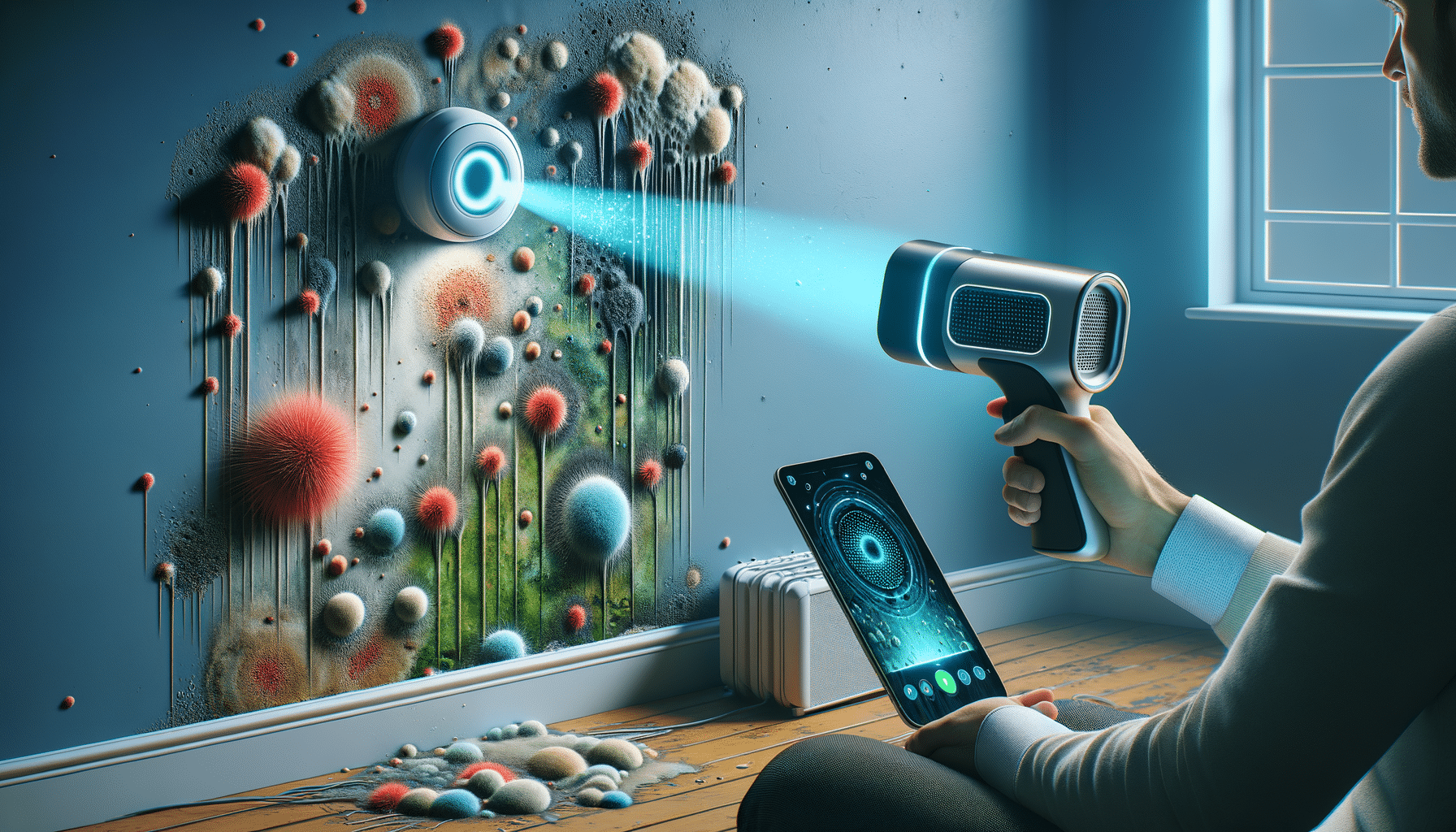
AI in Mold Removal: A New Approach to Tackling Hidden Threats
Understanding the Threat of Mold
Mold is a persistent problem in many homes and buildings, causing not only structural damage but also posing significant health risks. It thrives in damp, humid environments, often going unnoticed until it has spread extensively. Mold spores can trigger allergic reactions and respiratory issues, making it a concern for those with asthma or weakened immune systems. Traditional methods of mold detection often rely on visible cues and manual inspections, which can miss hidden mold colonies.
The introduction of AI in mold removal offers a promising solution. By utilizing advanced algorithms and data analysis, AI can enhance the accuracy of mold detection, ensuring that even the most concealed mold is identified. This technological advancement is crucial in preventing the long-term effects of mold exposure and maintaining a healthy indoor environment.
AI Technology in Mold Detection
Artificial Intelligence is transforming various industries, and mold removal is no exception. AI systems can analyze data from sensors and images to detect mold presence with remarkable precision. These systems use machine learning algorithms to improve their accuracy over time, learning from each detection to better identify mold in different environments.
One of the key advantages of AI in mold detection is its ability to process large amounts of data quickly, providing real-time insights. This capability allows for early intervention, reducing the potential damage and health risks associated with mold growth. Furthermore, AI can be integrated with smart home systems, offering continuous monitoring and alerting homeowners to potential mold issues before they become severe.
Benefits of AI-Driven Mold Remediation
AI-driven mold remediation offers several benefits over traditional methods. Firstly, it enhances the thoroughness of inspections, ensuring that no area is overlooked. By using AI, professionals can access detailed reports and visualizations, facilitating more effective remediation strategies.
Moreover, AI systems can predict mold growth patterns based on environmental data, allowing for proactive measures to be taken. This predictive capability is invaluable in preventing future mold outbreaks, saving time and resources in the long run. Additionally, AI can help in assessing the effectiveness of remediation efforts, providing feedback that can be used to refine techniques and improve outcomes.
Challenges and Considerations
While AI offers numerous benefits in mold removal, there are challenges that need to be addressed. The initial cost of implementing AI technology can be a barrier for some businesses and homeowners. However, the long-term savings and health benefits often outweigh the initial investment.
There is also a learning curve associated with AI technology, requiring training and adaptation for effective use. Ensuring data privacy and security is another important consideration, as AI systems often rely on data collection and analysis. Despite these challenges, the potential of AI in revolutionizing mold removal is undeniable, promising more efficient and accurate solutions.
The Future of AI in Mold Removal
The future of AI in mold removal looks promising, with ongoing advancements in technology poised to further enhance its capabilities. As AI continues to evolve, we can expect even more sophisticated systems that can detect mold with greater precision and efficiency.
Collaboration between AI developers and mold remediation experts will be key in driving innovation and ensuring that AI solutions meet the specific needs of the industry. As awareness of the benefits of AI grows, its adoption in mold removal is likely to increase, leading to healthier indoor environments and improved quality of life.


